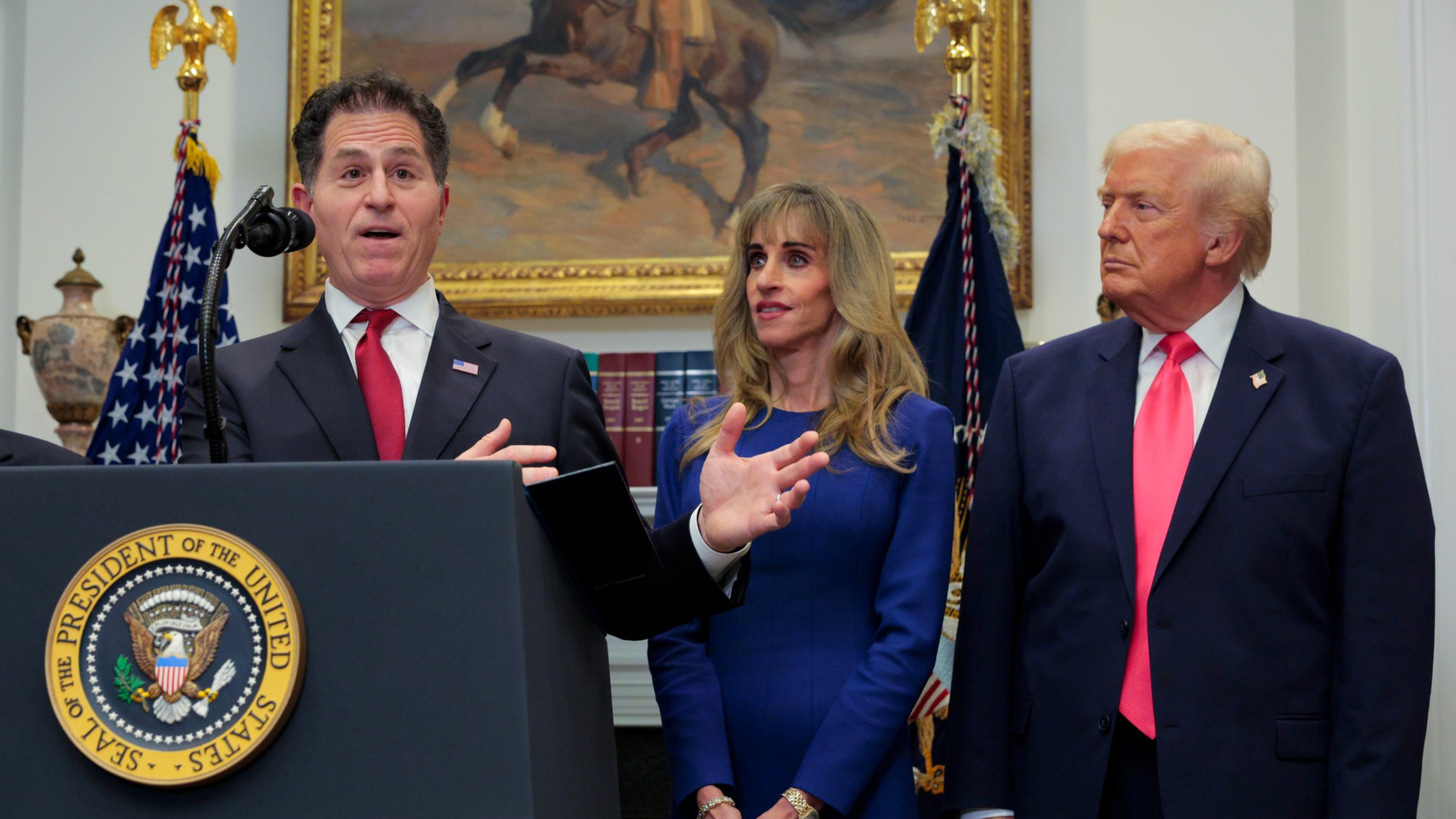Do unhealthy foods need warning labels?
The Institute of Medicine is urging the FDA to adopt an Energy Star-style nutrition system for food, providing at-a-glance ratings for fat, sodium, and added sugar

To help consumers deal with information overload, the Institute of Medicine is urging the FDA to demand concise nutrition information on the front of grocery items. The labels would be similar to the Energy Star system used for appliances. "We want a really simple system that says if you have three marks, the product is healthier than one with two marks," says Northwestern University psychology professor Ellen Wartella, chair of the committee that wrote the institute's report. Here's what you should know:
How would an Energy Star-like system work?
The Institute of Medicine wants to post the most important health information up front on food packaging. The snapshot would include calories per serving, serving size, and "stars or some other symbol that quickly shows how the food rates for fat, sodium, and added sugar," says Ryan Jaslow of CBS News. In-depth nutrition information would still be available on the back of packaging, but the quick scan would help consumers pick healthy foods in a hurry. "Americans are busy shoppers," says Wartella.
The Week
Escape your echo chamber. Get the facts behind the news, plus analysis from multiple perspectives.

Sign up for The Week's Free Newsletters
From our morning news briefing to a weekly Good News Newsletter, get the best of The Week delivered directly to your inbox.
From our morning news briefing to a weekly Good News Newsletter, get the best of The Week delivered directly to your inbox.
Why the big push now?
The U.S. obesity rate has doubled since 1980 to 72 million people, according to the CDC, and Americans spend $147 billion a year on related healthcare. One way the labels could help is by helping people change their diets, cutting down on junk and picking foods with the nutrition their bodies need. It will also make the food labels on every box of cereal and can of soup uniform, removing guess work from the hunt for healthy foods. A standardized rating system could apply to all foods and beverages, replacing existing systems such as the Facts up Front program, which is voluntary.
What happens next?
The Grocery Manufacturers Association, which represents more than 300 companies including Coca-Cola, Pepsi, Nestle, and Kraft Foods, isn't sold on "the untested, interpretive approach suggested by the IOM committee," says Molly Peterson of Bloomberg. Yet, an FDA spokesperson says the organization "agrees [that] consumers can benefit from a front-of-pack labeling system." As committee member Matthew Kreuter puts it, consumers wouldn't need "a great deal of literacy" to understand the proposed program — just "that three is better than two, two is better than one, one is better than zero."
A free daily email with the biggest news stories of the day – and the best features from TheWeek.com
-
 A postapocalyptic trip to Sin City, a peek inside Taylor Swift’s “Eras” tour, and an explicit hockey romance in December TV
A postapocalyptic trip to Sin City, a peek inside Taylor Swift’s “Eras” tour, and an explicit hockey romance in December TVthe week recommends This month’s new television releases include ‘Fallout,’ ‘Taylor Swift: The End Of An Era’ and ‘Heated Rivalry’
-
 ‘These accounts clearly are designed as a capitalist alternative’
‘These accounts clearly are designed as a capitalist alternative’Instant Opinion Opinion, comment and editorials of the day
-
 Trump tightens restrictions for work visas
Trump tightens restrictions for work visasSpeed Read The length of work permits for asylum seekers and refugees has been shortened from five years to 18 months